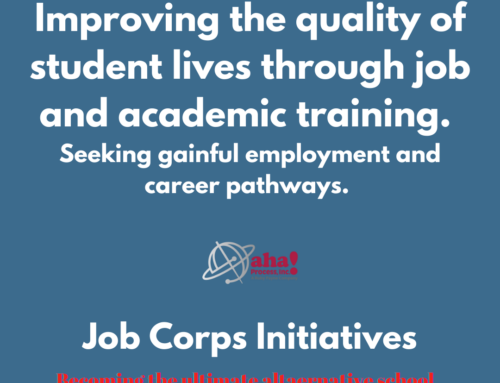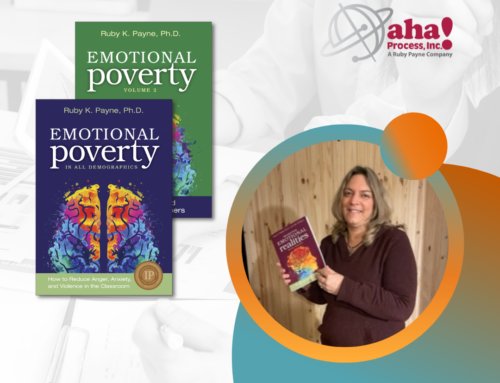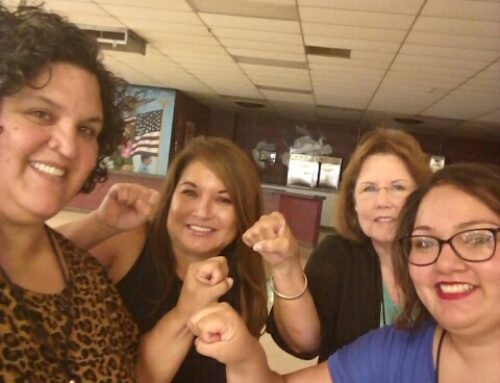I had a great time last week with my friends at Education Minnesota, where I presented a workshop on constructing better PowerPoints. You know the typical PowerPoint drill: The professional development for teachers presenter shows up, lights up the screen with the PowerPoint, and begins—many times reading the slides with his/her back to us. Bullet point after bullet point. And sometimes there are so many words on the screen that your eyes glaze over. It’s standard: Whether you present to tenth-graders, boards, colleagues—any group. Sound familiar?
It seems that we (presenters) have forgotten that the main function of PowerPoint is to be a visual aid to our content. If we want to have the audience read text, there are better vehicles for that, e.g. notes, articles, etc. PowerPoint should be used as a visual medium to help us get our points across.
I have lately become more dissatisfied with my own and others’ presentations. A friend recommended that I look at Cliff Atkinson’s informative and helpful book Beyond Bullet Points. He takes ideas from screenwriters and visual literacy experts and applies those ideas to create PowerPoint presentations that are much more interesting and informative.
Briefly, he advises not starting at the computer. The three-step process is:
1. Start by writing the story or narrative of your PowerPoint. Atkinson has precise requirements for the narrative, like writing full, short sentences. He provides a Microsoft Word template at his website and walks you through the process of developing the story.
2. Next, storyboard your presentation. He includes forms to help you do this. Unlike the movie industry, you won’t be sketching on your storyboard. He does tell you how to get your Word template content into PowerPoint. The slide sorter view becomes the storyboard.
3. Finally, find images that are related to the text on the screen. Slides should be cues for your presentation. Graphics and text delivered at the same time make the point stronger.
Atkinson maintains an interesting site at www.sociablemedia.com. You’ll find questions, discussions, and examples for trainers and teachers at http://www.websitetoolbox.com/tool/mb/sociablemedia?forum=19748. There is an extensive list of articles at http://www.sociablemedia.com/resources_articles.php4. There are also a number of interviews at http://www.sociablemedia.com/resources_interviews.php4.
This book and website have helped me a great deal in rethinking my approach to presenting important information. I’d be interested in hearing your experiences with presenting using PowerPoint. Also, post links to any resources you’ve uncovered that helped.
And a special thanks to Sheryl Nussbaum-Beach over at 21st Century Collaborative (http://21stcenturylearning.typepad.com/blog/) for pointing me to http://www.weblogcartoons.com/ and Dave Walker’s cartoons that educators can use freely. Be sure to check his conditions. He has a great cartoon on using PowerPoint.








